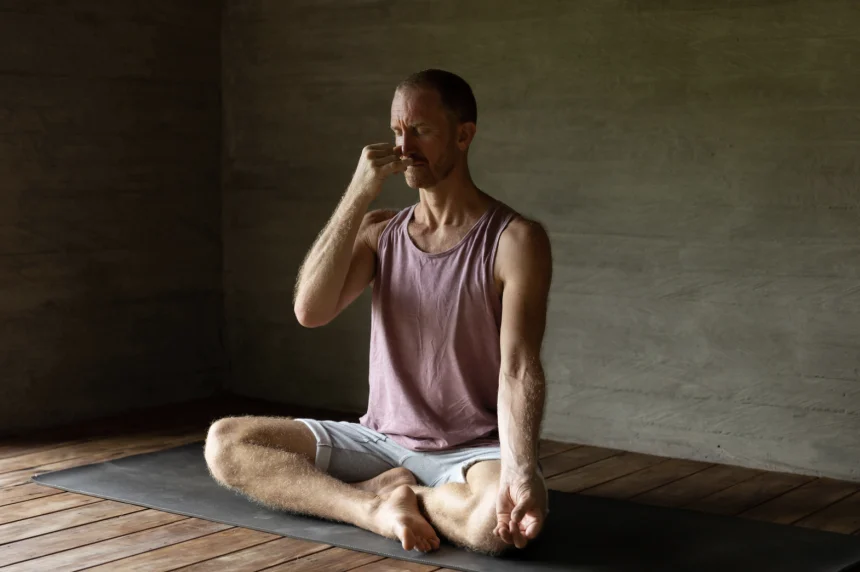A Simple Practice with Ancient Roots
Breathing is the one thing we all do without thinking, yet in recent years it has been rebranded as a powerful wellness tool. Breathwork — intentional breathing exercises designed to calm the mind, energize the body, or release stress — is being hailed as “the new meditation.” Though rooted in ancient yoga and healing traditions, it has gained mainstream attention as a modern shortcut to mindfulness.
Why Breathwork Appeals Today
Many people struggle with meditation. Sitting still, silencing thoughts, and finding time for long sessions can feel intimidating. Breathwork, on the other hand, offers a faster entry point. Sessions can last just a few minutes, and the physical act of controlling the breath provides an anchor that feels active rather than abstract. For busy people, it’s an accessible way to tap into mindfulness without the pressure of “clearing the mind.”
The Science of Breathing
Research suggests that breathwork can lower blood pressure, reduce stress hormones, and improve mental focus. Slow, deep breathing activates the parasympathetic nervous system, which signals the body to relax. Conversely, energizing techniques — such as fast, rhythmic breathing — can boost alertness and circulation. In other words, how we breathe directly shapes how we feel.
Styles of Breathwork
Breathwork is not one-size-fits-all. Some popular methods include:
- Box breathing: Inhale, hold, exhale, and hold again — each for four counts.
- Alternate nostril breathing: A yoga-inspired technique said to balance energy and calm the mind.
- Holotropic breathwork: Longer, intensive sessions used for emotional release and self-discovery.
- Simple deep breathing: A few slow breaths to reset during a stressful moment.
Community and Connection
What began as a personal wellness practice has also become a social trend. Breathwork classes and workshops are popping up in yoga studios, corporate wellness programs, and even festivals. Practicing in groups can amplify the sense of calm and connection, making it more than just a solo exercise.
Is It Replacing Meditation?
Breathwork isn’t necessarily replacing meditation — but for many, it’s a gateway. The rhythm of breathing can make it easier to slip into a meditative state. For others, breathwork stands alone as a practical stress-management tool. Rather than competing, the two practices often complement each other.
The Bottom Line
In a hyper-stimulated world, breathwork offers a rare combination of simplicity and effectiveness. You don’t need apps, equipment, or hours of training — just a few intentional breaths can shift your state of mind. Whether you see it as the new meditation or simply a mindful pause, breathwork proves that sometimes the smallest actions can have the biggest impact.










